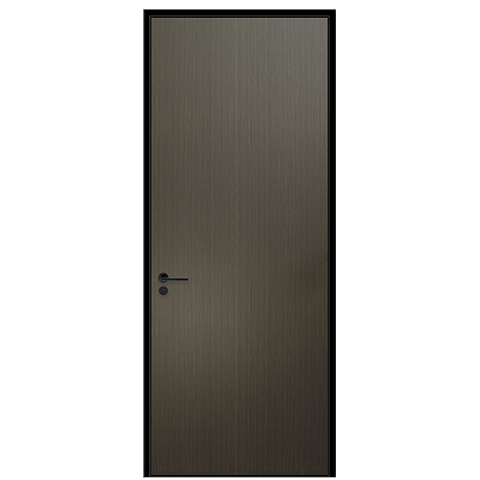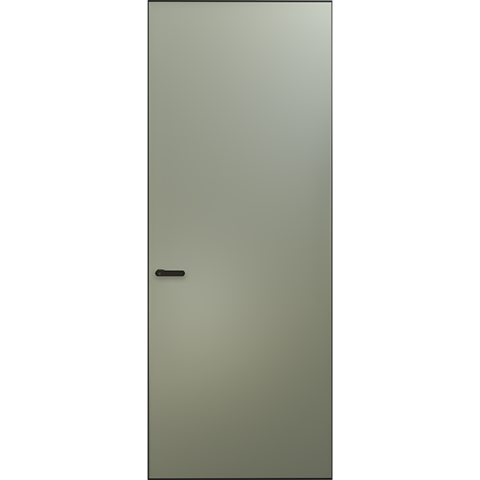How to dispose and recycle waste UPVC Profile
UPVC Profile is a common plastic profile that is widely used in construction and home furnishing. With the increasing use of UPVC Profile, its waste disposal and recycling has become an important environmental issue. This article will introduce how to deal with and recycle waste UPVC Profile to achieve its sustainable development.
一. Treatment method of discarded UPVC Profile
Discarded UPVC Profiles can be processed in the following ways:
1. Mechanical crushing
Mechanical crushing is to process the waste UPVC Profile into granular materials through crushing equipment. This method can effectively reduce the volume of waste, and can facilitate subsequent treatment and recycling.
2. Pyrolysis
Pyrolysis is the process of heating waste UPVC Profile to high temperature to decompose it into small molecular substances. This method can convert UPVC Profile into a material that can be reused, and the useful components can be recovered.
3. Chemical degradation
Chemical degradation is the process of using chemical reagents to decompose UPVC Profile into small molecular substances. This method can convert UPVC Profile into a material that can be reused, and the useful components can be recovered.
4. Landfill
Landfilling is the process of burying waste UPVC Profile underground. This method not only cannot recover the useful components in the waste, but also pollutes the environment, so it is not recommended.
The above methods have their own advantages and disadvantages, and the specific selection method needs to be considered according to the actual situation.
二. Recycling method of waste UPVC Profile
Discarded UPVC Profiles can be recycled in the following ways:
1. Mechanical recycling
Mechanical recycling is to wash and crush the discarded UPVC Profile, and then reprocess it into a new UPVC Profile through processing equipment. This method can maximize the recovery of useful components of waste, and can reduce environmental pollution.
2. Recycled materials
Waste UPVC Profile can also be made into recycled materials for the production of other plastic products. This method can maximize the recovery of useful components of waste, and can reduce environmental pollution.
3. Energy recovery
The waste UPVC Profile can also be used as fuel to recover the energy in it. This method reduces the volume of waste and saves energy.
The above recovery methods have their own advantages and disadvantages, and the specific selection method needs to be considered according to the actual situation.
三. Sustainable development of UPVC Profile
UPVC Profile is more and more widely used in construction and home furnishing, but environmental problems will also arise during its production and use. In order to achieve the sustainable development of UPVC Profile, the following measures need to be taken:
1. Adopt environmental protection technology in the production process
The production process of UPVC Profile needs to use a lot of energy and chemical raw materials, so environmental protection technology should be adopted to reduce environmental pollution and energy consumption as much as possible.
2. Promote the recycling of UPVC Profile
Discarded UPVC Profiles can be recycled to minimize environmental pollution and save resources. Therefore, the publicity and promotion of UPVC Profile recycling should be strengthened to raise public awareness of environmental protection.
3. Reduce the usage of UPVC Profile
The use of UPVC Profile is closely related to the environmental burden, so the use of UPVC Profile can be reduced by optimizing design and material selection, and the environmental burden can be fundamentally reduced.
4. Strengthen the supervision of laws and regulations
The government should strengthen the supervision of the production and use of UPVC Profile, formulate relevant laws and regulations, regulate the production and use of UPVC Profile, and promote its sustainable development.
To sum up, UPVC Profile is widely used in construction and home furnishing, but its waste disposal and recycling has become an important environmental protection issue. By adopting appropriate treatment and recycling methods and promoting the sustainable development of UPVC Profile, the environmental burden can be minimized and a win-win situation of environmental protection and economy can be achieved.
 Hot Recommendation
Hot Recommendation
 Latest Products
Latest Products



